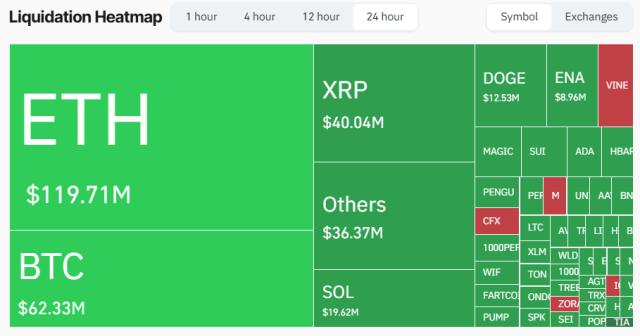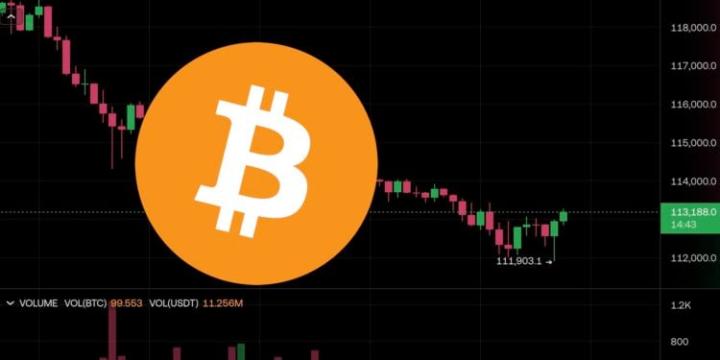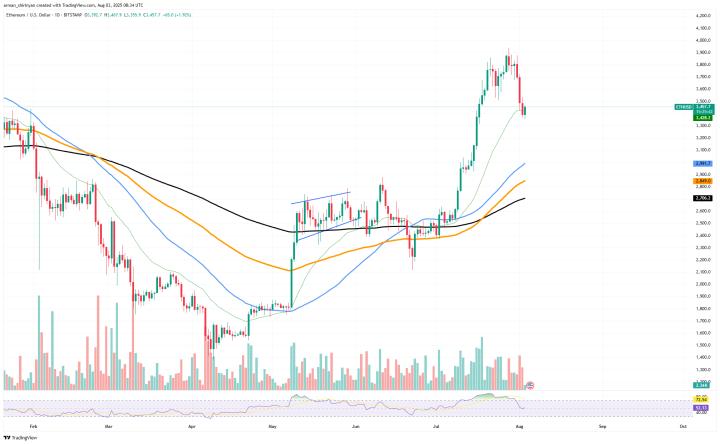In 2025, the cryptocurrency market will reach a key institutional turning point, with JPMorgan announcing the acceptance of Bitcoin and Ethereum as loan collateral, while Coinbase launches CFTC-regulated micro crypto perpetual futures. These two major events mark a deep integration of traditional finance and crypto ecology, and this article will analyze their long-term impact on market structure.
JPMorgan to Provide Crypto-Backed Loans, Marking an Institutional Adoption Milestone
JPMorgan plans to accept Bitcoin and Ethereum as loan collateral by 2025, representing a strategic shift for this Wall Street giant. The bank currently allows lending with crypto ETFs like BlackRock's iShares Bitcoin Trust, but this expansion to directly accept cryptocurrencies as collateral shows deeper institutional integration.
This move coincides with improvements in the U.S. digital asset regulatory environment. Notably, CEO Jamie Dimon, who once called Bitcoin "worthless", now meets customer demands while maintaining JPMorgan's position of not directly holding crypto assets. Third-party custody institutions like Coinbase will likely be responsible for safeguarding crypto collateral to reduce default risk.
This development reflects a broader banking trend: traditional finance is building bridges with the crypto market through regulated institutional products. Major cryptocurrencies like BTC and ETH being used as collateral shows they are evolving from speculative assets to more mature financial instruments.
Coinbase Launches CFTC-Regulated Perpetual Contracts, U.S. Retail Investors Can Enjoy 10x Leverage
Coinbase officially launches CFTC-regulated micro Bitcoin (BTC-PERP) and micro Ethereum (ETH-PERP) perpetual contracts, providing U.S. retail traders with up to 10x leverage. This move offers regulated onshore derivatives trading options for U.S. traders, addressing long-standing transparency and legal risks of using offshore platforms.
These contracts are offered through Coinbase Financial Markets, with the lowest order fee of 0.02%, settled in USD. The product has a five-year expiration and hourly funding rate mechanism, maintaining the traditional perpetual contract structure while ensuring regulatory compliance. Trading services operate 24/7, meeting global cryptocurrency market standards.
This launch marks Coinbase's strategic expansion of its derivatives business, with plans to include more cryptocurrency varieties. Under the CFTC federal regulatory framework, this brings institutional-level regulatory standards to U.S. retail crypto derivatives trading.
Musk's SpaceX and Tesla Hold 18,486 Bitcoins, Unrealized Profit Reaches $1.7 Billion
Elon Musk's SpaceX and Tesla jointly hold 18,486 Bitcoins, with an average purchase cost of $32,000, and the current value of each Bitcoin is $118,000. The unrealized profit exceeds $1.7 billion, highlighting Musk's strategic bet on cryptocurrencies during market volatility.
SpaceX recently transferred Bitcoins worth $152 million—the first large transfer since May-June 2022, when the company transferred 17,314 Bitcoins to Coinbase during a market downturn. Tesla had previously partially sold, selling $272 million in Q1 2021 and $936 million in Q2 2022, after initially purchasing $1.5 billion in Bitcoin in January 2021.
These positions show institutional confidence in Bitcoin's long-term value proposition, despite price fluctuations. The crypto asset reserves of both companies continue to surpass traditional treasury strategies.
Doge Breaks $0.25, Whale Purchases $250 Million, Target Price $0.48
Dogecoin breaks through the $0.25 resistance level, with whales accumulating over 1.08 billion Doge in 48 hours, valued at approximately $250 million. Trading volume surged 77% to $6.43 billion, indicating rekindled market interest, alongside potential Doge ETF possibilities and expectations of a major rise in 2025.
The token rose to $0.2720, with a daily increase of 7.83%, approaching a local high near $0.29. Technical analysis confirms a bullish Double Bottom formation, showing strong upward momentum. Institutional confidence seems to be increasing, with whale activity concentration reaching levels unseen in months.







